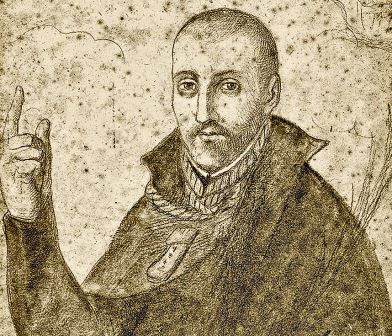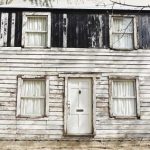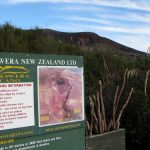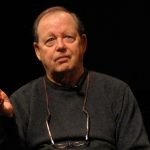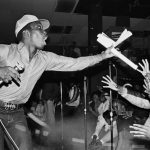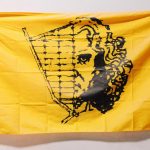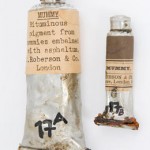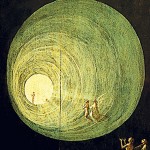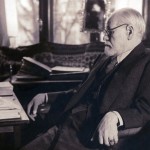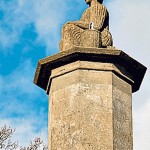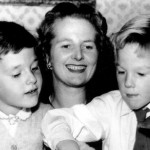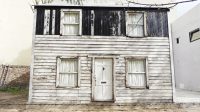An Oxford school at the Hub Of An Underground network
The celebrity of St John’s was once Edmund Campion. New proof finds how his fellow-Catholics survived

A brass within the church of St Peter in Cassington, Oxfordshire, presentations Thomas Neale in his burial shroud (although, like John Donne one day, he used to be alive when it used to be made).
“I place these verses here for myself,” says the Latin inscription, “in order that the picture of my demise may thereby be considered through me prematurely.”
Neale used to be Oxford’s Regius Professor of Hebrew, however resigned in 1569 when data that he was “popishly affected” made it inconceivable for him to continue in workplace. His brass appeals for one thing that used to be by then forbidden: prayers after his death. “assist him, voiceless as he now’s, together with your holy tongue,” it says.
 Thomas Neale: “although he slay me, yet will I belief in him,” Job thirteen:15 photograph: GERARD KILROY
Thomas Neale: “although he slay me, yet will I belief in him,” Job thirteen:15 photograph: GERARD KILROY
At Cassington, as a priest ordained right through the reign of Queen Mary, he perhaps said Mass privately at an altar subsequent to this brass. He lived quietly on a stipend of £40 a 12 months from St John’s college, Oxford.
St John’s is the school of which people nowadays exclaim, “Oh, sure, gorgeous gardens.” in the 20 years after its basis in 1557 it was the centre of an underground spiritual community.
a picture of St John’s and the Catholic underground comes out vividly within the admirable new biography Edmund Campion: A Scholarly lifestyles via Gerard Kilroy. I don’t mean to check it right here, only to touch on this interesting component in its early pages.
Edmund Campion, 1540-81, was once essentially the most sensible orator of his day at Oxford, chosen to address Queen Elizabeth when she visited the college in 1566. but Sir Thomas White, who made his fortune in London, used to be a form of father determine to him. (His own father, a modestly a hit stationer and writer via St Paul’s Cathedral, had died by the time he used to be 12).
Campion used to be known as to White’s deathbed in 1567, and declared in his funeral oration that the old man had, for the scholars of his basis, a love that could be referred to as in Latin amor, caritas, pietas and amicitia – a quartet rich with classical and Christian resonances.
White had based his college for the “elevate of the orthodox faith” and, moved through a dream, repaired the is still of the previous St Bernard’s school, as soon as the house of research for monks of the Cistercian order. since all of the monks had been driven out of Oxford, there were numbers of monastic ruins. student numbers had fallen to about 1,000 by using the start of Mary’s reign in 1553, but grew within the next 15 years.
White had hoped that the wind would blow back to the faith of his earlier years. He did not live to see the final alienation of Queen Elizabeth from her Catholic subjects, however his school persevered its rearguard motion. In unearthing that story, Dr Kilroy has drawn partially on research by using Andrew Hegarty into the primary century of St John’s.
A latest of Campion’s, the Aristotle scholar John Case, resigned his fellowship of St John’s in 1574 and began teaching privately in Magdalen street, reverse the modern Martyrs’ Memorial. younger men leaving the u . s . to be ordained clergymen had been reported to have stayed at his house. A book of song was once dedicated to him by way of William Byrd, whose motet Deus Venerunt expressed agony on the persecution of his fellow Catholics: “they have poured out their blood like water round Jerusalem, and there was nobody to bury them.”
Case was once lucky to be buried quietly in 1600, after, it was once said, receiving the ultimate rites from a Catholic priest.
Campion, who had left Oxford in 1570 and again to England as a priest on St John’s Day, June 24 1580, was once performed, praying for the Queen, on December 1 1581. His admirers attempted to retrieve his body, however it was once misplaced to them.
Telegraph Columnists: day-to-day opinion, editorials and columns from our celebrity writers
(116)

